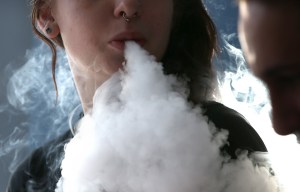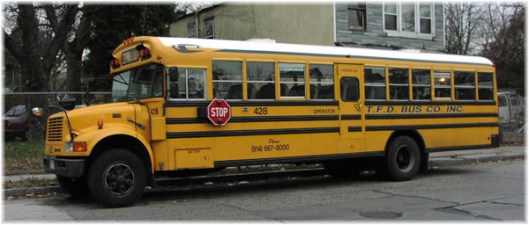
This week 40 years ago brought an avalanche of changes to my already unstable world. I wouldn’t have noticed the instability, though. I believed my bubble of Mount Vernon and the NYC was pretty stable back in mid-April 1981. I had friends who I could talk to and debate with all day. I saw my father about once every three weeks. I was starting to get into mainstream popular music, and had some interest in sports. I liked a few girls here and there. I was doing well in school. I was doing well in general, with my stepfather separated from my mother for the previous six months. So well that I’d forgotten my sexual assault trauma from 1976. So well that even the bullies around my block hadn’t tried to stone me to death or beat my face in for nearly seven months.
But Maurice came back as “Judah ben Israel,” and the brief years of worldly enlightenment came to a crashing halt. I tell this story in Boy @ The Window this way:
This was the religion my stepfather converted to after he and Mom had separated. In the period before his return, my stepfather had been working on Mom, attempting to convince her that he was now a good man and could be trusted as the man of our house. He loved Jehovah, had stopped smoking, and had learned how to love himself. And he had changed his name to Judah ben Israel, not legally, mind you. The name literally means ‘Lion of God and of Israel,’ and referred to my stepfather as a royal descendant of Jacob/Israel, the immediate father of the Israelite people. It was in this context that my stepfather gained a sense of himself and control over his world, which was what convinced Mom to end her separation from him.
I was so confused that my brain felt like it was on a carnival ride. Really? This is what we are doing now? We’re still a family? What about my dad?, I thought. But people desperate for an identity that defies the beliefs of White folk often take desperate, cultist measures.
This week 40 years ago, Maurice worked on me and my brother Darren to take this Hebrew-Israelite bullshit seriously, which meant threatening us with ass-whuppins if he found out we weren’t wearing our kufis or yarmulkes at school.
The next step, of course, was our acceptance of the Hebrew-Israelite religion. This wasn’t exactly a process in which free will was involved. Our mother told us that this would be our religion ‘for the rest of our lives.’ Then our stepfather came to explain this ‘way of life’ to us, and we put on our white, multi-holed, circular kufis for the first time. I had no idea what Mom and Maurice had pushed us into. A part of me was on the outside looking in, thinking, This is crazy! But as nutty as this sudden conversion seemed, I convinced myself into acceptance. We were already the children of one divorce, and I wasn’t sure if I wanted to see another one so soon. Darren, to his credit, played along as if being a Hebrew-Israelite was just a role in a school play.
I went to the school the following Monday with my bright white kufi on top of my head for the first time. Talk about committing social suicide! The expressions on my friends’ faces, from completed stunned and disgusted to eyes that revealed what their set faces attempted to conceal. I was immediately an outcast, especially as far as my best friend Starling was concerned. Once I explained to some of them what had occurred the week before, they seemed to get it, even if they kept me at ulna’s length. They still said “Hey Donald. Wassup?” the way they did before.
Not Starling and some of our mutuals. He saw it as my betrayal, not just of him, but of God himself. Such are the inflated egos of children of preacher-men. His weeks of silence led to a fight (which he won) and the end of our two-year friendship.
But the friendships and my within-normal-levels weirdness came to a crashing halt the moment I decided to allow myself to be a canvas my mother and stepfather used to express their eccentric yearnings for identity. It was the worst three and a half years of my life, with child abuse, another sexual assault, the fall into welfare poverty, suicidal ideations and one suicide attempt included.
My brother Darren handled the situation so much better than me. “Darren, to his credit, played along as if being a Hebrew-Israelite was just a role in a school play,” is what I wrote. He only wore his kufi at 616 and whenever he was out and visible to my stepfather’s peeps. Otherwise, the hat was off his head. But then again, Darren attended The Clear View School, where no one would have cared what he wore.
Yes, it is important to remember the past. If only because it is a reminder that, pandemic or not, there have been worse times in my life. I’m so glad that I haven’t worn a kufi in nearly 37 years.














